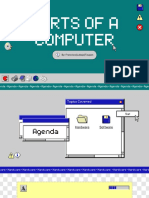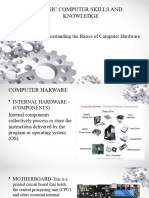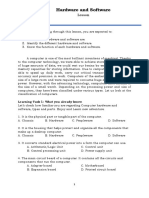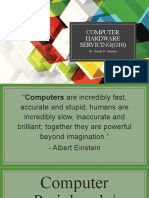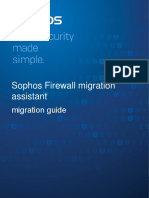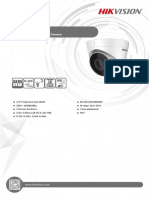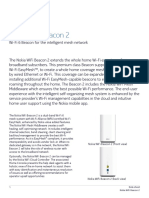0% found this document useful (0 votes)
14 views7 pagesComputer Hardware
The document provides an overview of computer hardware, distinguishing it from software and categorizing it into internal and external components. Internal components include the motherboard, CPU, RAM, and storage devices, while external components consist of input devices like keyboards and mice, and output devices like monitors and printers. It also outlines the differences between hardware and software, emphasizing their complementary roles in computing.
Uploaded by
ashwani3397kCopyright
© © All Rights Reserved
We take content rights seriously. If you suspect this is your content, claim it here.
Available Formats
Download as PDF, TXT or read online on Scribd
0% found this document useful (0 votes)
14 views7 pagesComputer Hardware
The document provides an overview of computer hardware, distinguishing it from software and categorizing it into internal and external components. Internal components include the motherboard, CPU, RAM, and storage devices, while external components consist of input devices like keyboards and mice, and output devices like monitors and printers. It also outlines the differences between hardware and software, emphasizing their complementary roles in computing.
Uploaded by
ashwani3397kCopyright
© © All Rights Reserved
We take content rights seriously. If you suspect this is your content, claim it here.
Available Formats
Download as PDF, TXT or read online on Scribd
/ 7










